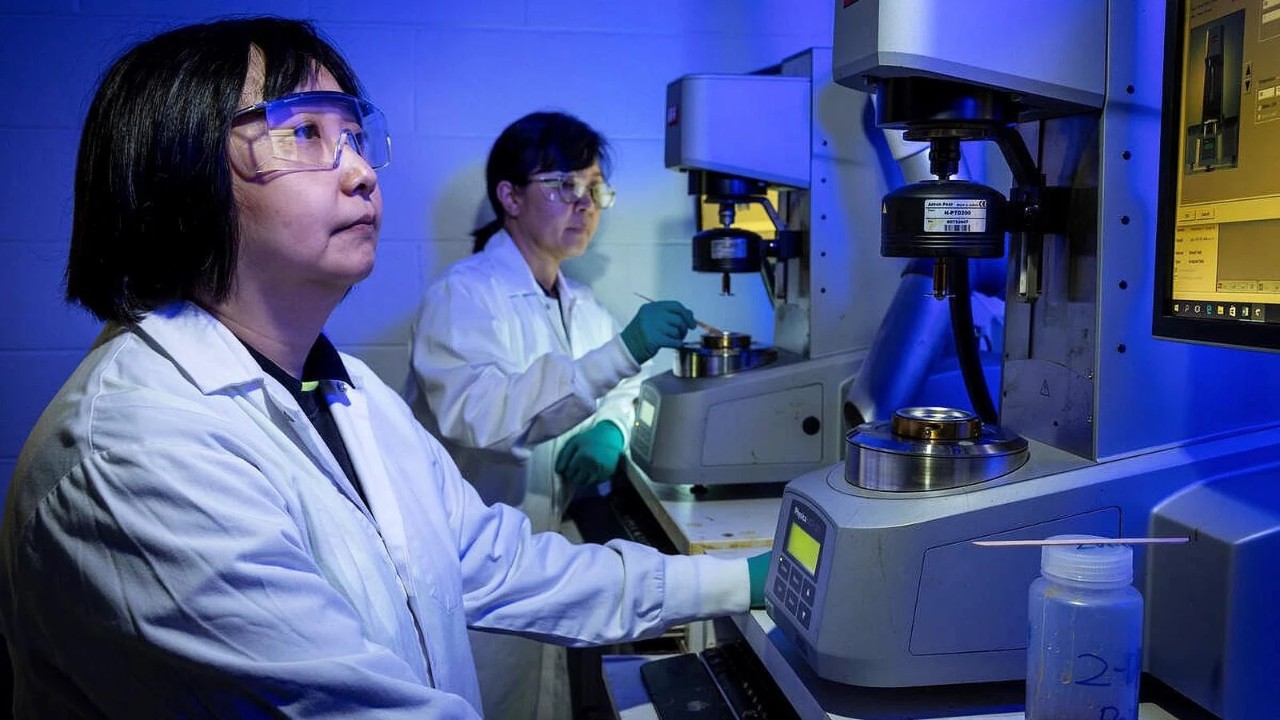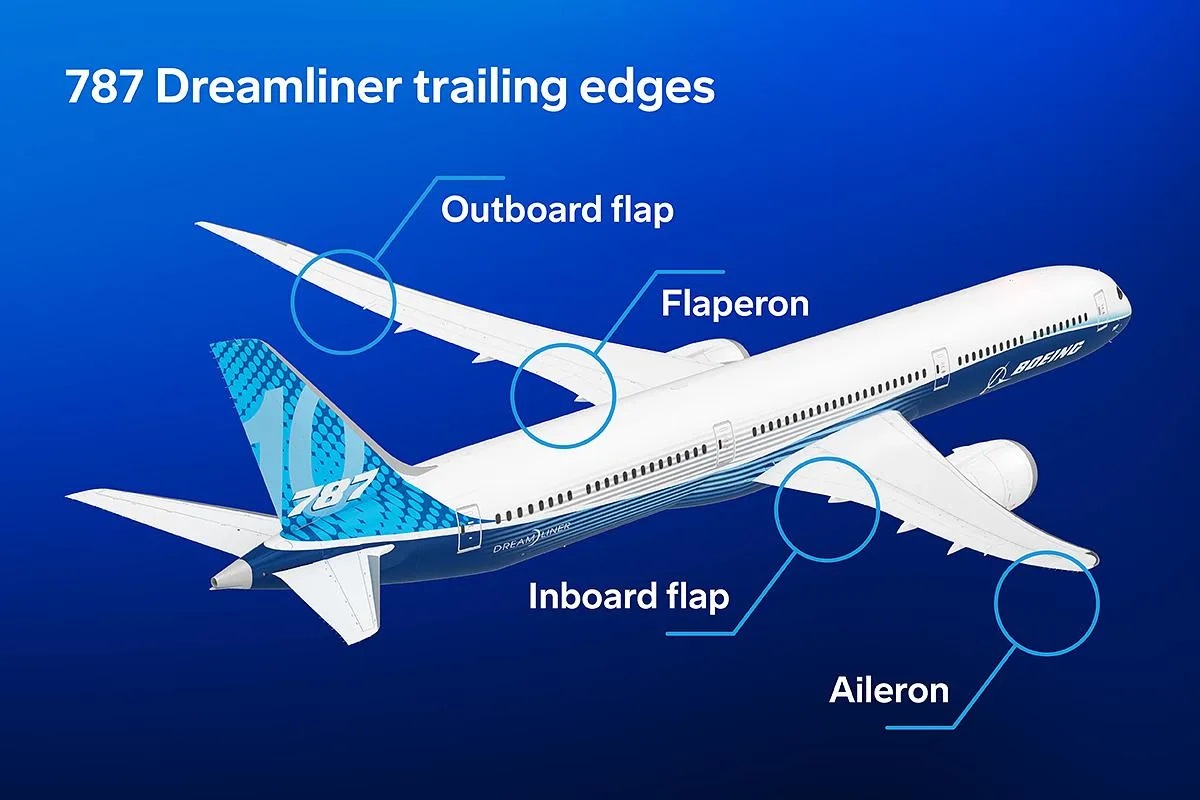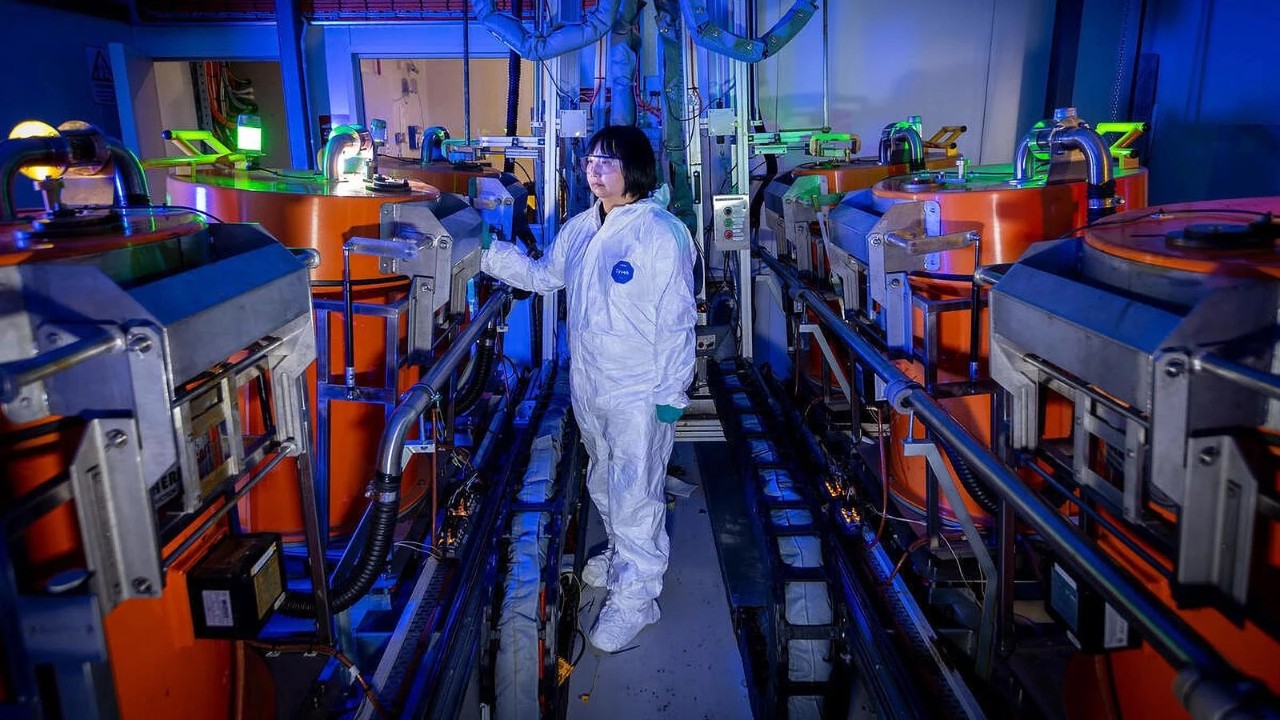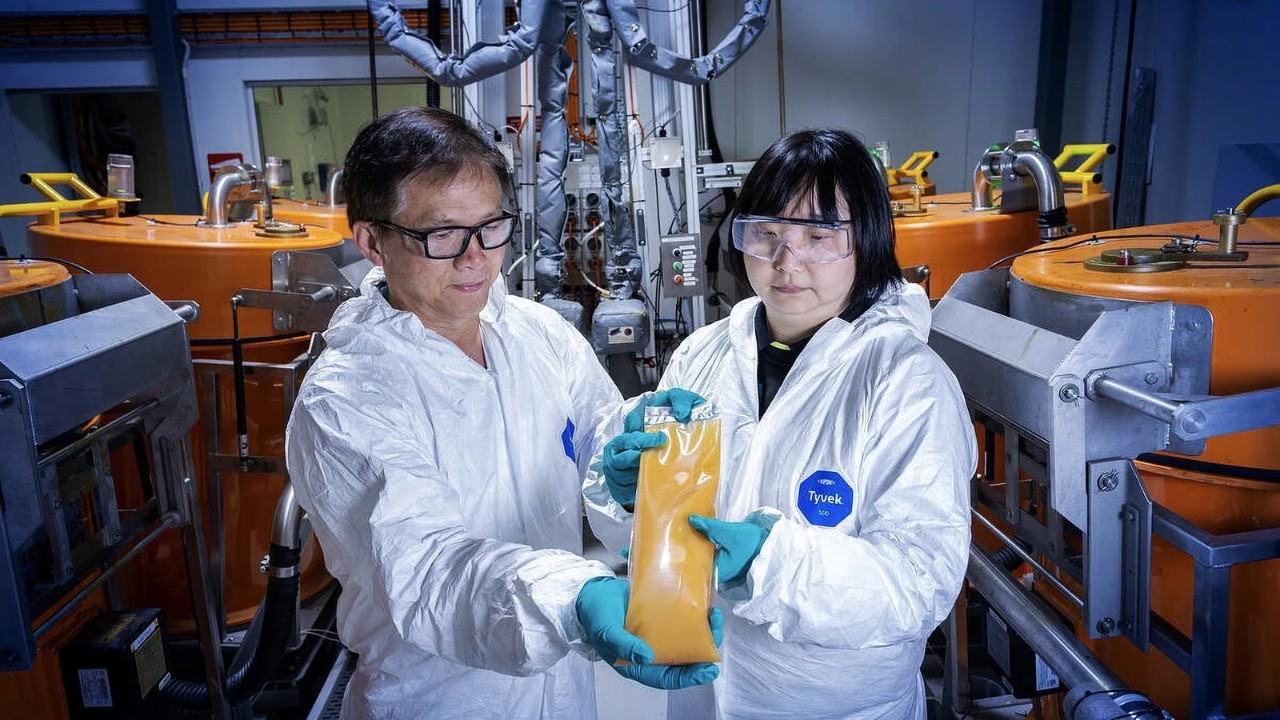Trailing edges are cutting edge
Engineers use resin infusion technology to produce flexible, movable trailing edges for the wings of the 787 Dreamliner.

Growing up, Jacquelynn Tian had a passion for science and technology and knew she’d follow her parents’ footsteps as engineers.
A composite engineer in Port Melbourne, Victoria, Australia, Tian contributes to the use of resin infusion technology in airplane development. She works with teammates who manufacture control surfaces for the 787 Dreamliner, which is assembled in South Carolina.
Unique to the Australian production facility is the team’s use of an advanced process called resin infusion. Boeing uses the technology to produce flexible and movable trailing edges for the 787.

“The advanced composites enable us to produce stronger, lighter components, which improve aircraft fuel efficiency,” said Tian.
Structural components made from composites can be as much as 50% lighter than those made from metal, she said. Lighter airplanes can fly farther on less fuel.

After joining Boeing as a stress analyst in engineering, Tian moved to the co-located research team and embarked on postgraduate studies with RMIT University in Melbourne in advanced composite materials.
“My research explored the use of radial braiding, which involves interlacing carbon fiber threads diagonally to maximize the strength of the composite material,” she said.
Tian likens advanced composite manufacturing to making a cake. “You combine dry and wet ingredients and bake it to achieve a solid structure.
“In composite terms, dry carbon fiber is layered up on a tool to achieve the required shape and thickness,” she said. “Then we introduce wet liquid resin and apply heat to solidify the resin, to help achieve a safe, high-quality airplane part.”

Tian’s radial braiding research explored potential advancements of dry materials, creating a foundation on which to build on the balance of toughness and strength. She completed her doctorate in 2022 at RMIT University through Boeing’s Learning Together Program, which provides tuition assistance for company employees. Her findings will help engineers consider the right application of advanced braid formats in the future.
“Since completing my doctorate, I’ve focused on reducing the time required to infuse and cure a part,” said Tian, estimating a 30% time reduction.
“I’m also part of a team working on an automated mixing system, which will enable production teams to mix resin locally and safely deliver resin to the production line on demand.”
Premixed resin falls into a class of dangerous goods that cannot be transported by air. Stored in special containers at minus 18 degrees Celsius, the resins must be transported by boat. Shipments can take two months, and the resin must remain in storage at minus 18 C after arrival. Tian estimates the amount of energy used in transportation and storage to be 50 times the energy it takes to manufacture the composite part.
Mixing the resin on demand eliminates the need to transport and store the premixed resin. The components can be transported by air, at room temperature.
“The automated mixing system technology is expected to be implemented into production in Melbourne next year, and we have filed two patent discoveries,” Tian said.
“I love finding ways to make our processes better, and seeing it realized in production makes the effort worth it.”
By Sarah Schuiringa
Not subject to Australian Defence Trade Controls Act 2012